Step 2
Project Scope and Brief

Establish the location, stakeholders (including the public) and a timeline that will help you achieve your goals. This step is about the where, who and when.
Questions
Now is the time to define location criteria against your goals and desired outcomes, identify stakeholders, create a team with a shared vision, establish governance and establish your timeline.
Where can you best test your ideas?
Who will you need to help you accomplish your goals?
When do you think you, your team and stakeholders will be ready?
Resources
Take into account ethical aspects of sensing projects and get your stakeholders together for an ethics workshop. During this stage you should look at these resources:
Tada principles
The Data Ethics Decision Aid (DEDA)
Get familiar with the GDPR
Multi-stakeholder management
Video Library
Visit the video library for expert interviews and advice about defining use cases and goals. In this section we’ll be speaking with the expert:
Daan Groenink – Innovation Officer, City of Amsterdam
2.1 Questions
Establish the location, stakeholders (including the public), and a timeline that will help you achieve your goals. This is about getting your project implemented in the right space with the right people at the right time – the WHERE, WHO and WHEN. Some considerations would include:
- Define location criteria in cohesion with your goals and desired outcomes.
- Where can you best test your ideas? Establish a location.
- Who will need to help you accomplish your goals? Identify your team and stakeholders. Include the public as a stakeholder but keep your communication internal at this point.
- Establish governance, ownership, roles, and responsibilities.
- When do you think you, your team and stakeholders will be ready? When do you want to test? Create a preliminary plan and schedule. Most likely both will change!
Now is the time to get an overview of the Technical, Spatial and Legal considerations involved in Step 3. The ethical aspects and interrelationships need to be taken into account before you move forward with your crowd monitoring project.
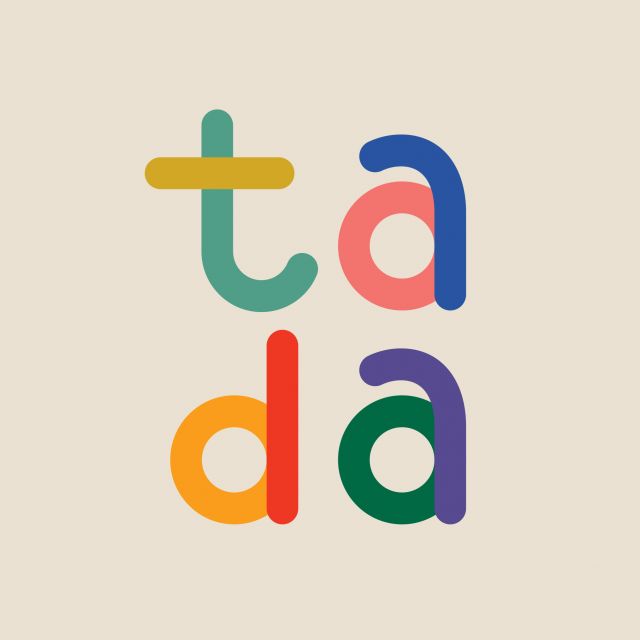
2.2.1 Tada Data Ethics
It is important to be aware of the social and ethical implications of crowd monitoring in public space. Before you start to plan your project take into account data ethics to inform your decision making using an effective framework.
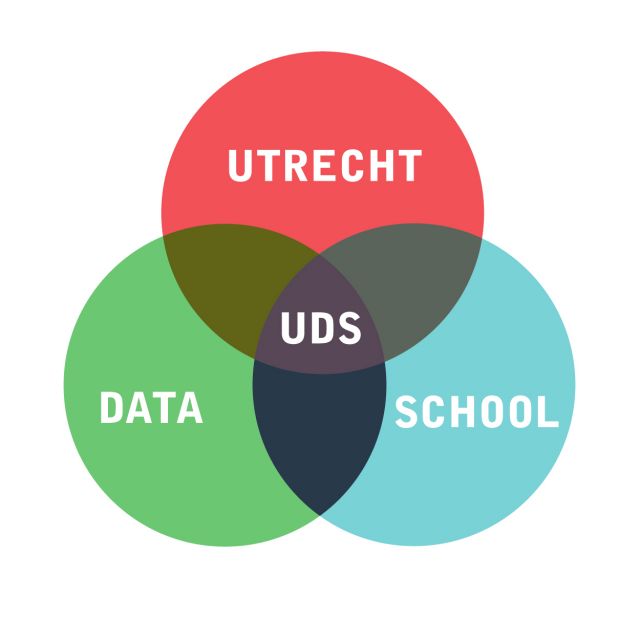
DEDA App
The DEDA app addresses the different phases of a data project with questions. Depending on the user’s answers, DEDA responds with new questions, addresses concerns and points to action points.
The NYC IoT Strategy: example of defining principles
Every city is different but it’s a good idea to establish social values as part of a city wide policy for sensing projects.
In March 2021 the New York City Mayor’s Office of the CTO published their IoT Strategy to plan for more inclusive sensing projects in public spaces. As part of this report they clearly defined six IoT principles that revolve around:
- Governance and Coordination
- Fairness and Equality
- Privacy and Transparency
- Efficiency and Sustainability
- Security and Safety
- Openess and Public Engagement
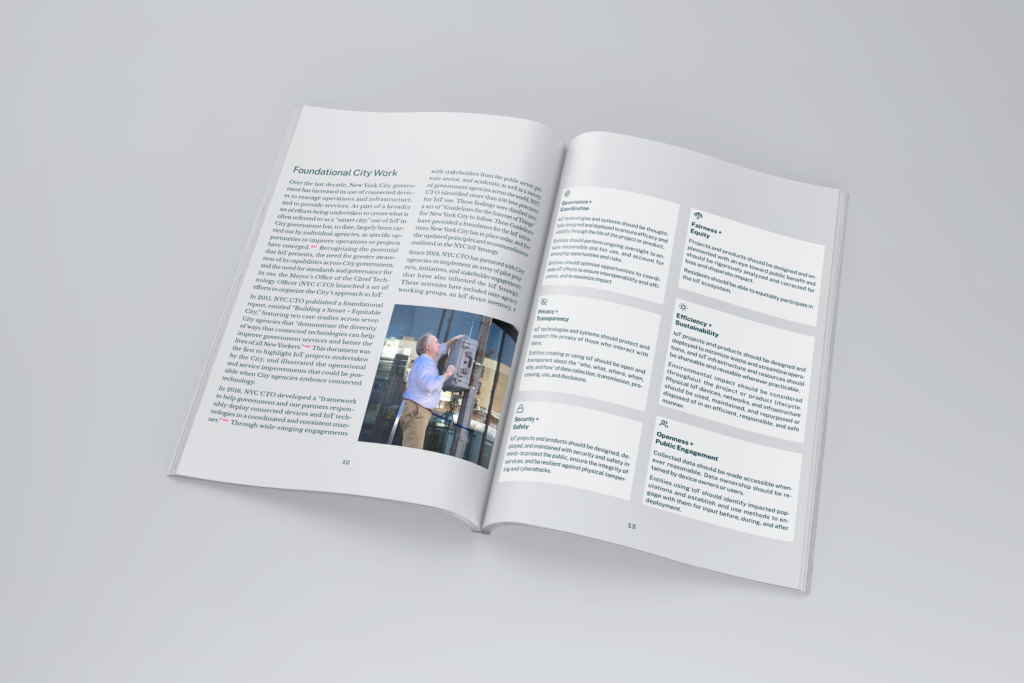
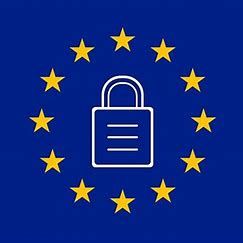
2.2.2 The General Data Protection Regulation
At this stage it is a good idea to become familiar with the GDPR. This will help guide you towards good decisions at this early stage in the context of legal aspects of data use and reuse in public spaces.
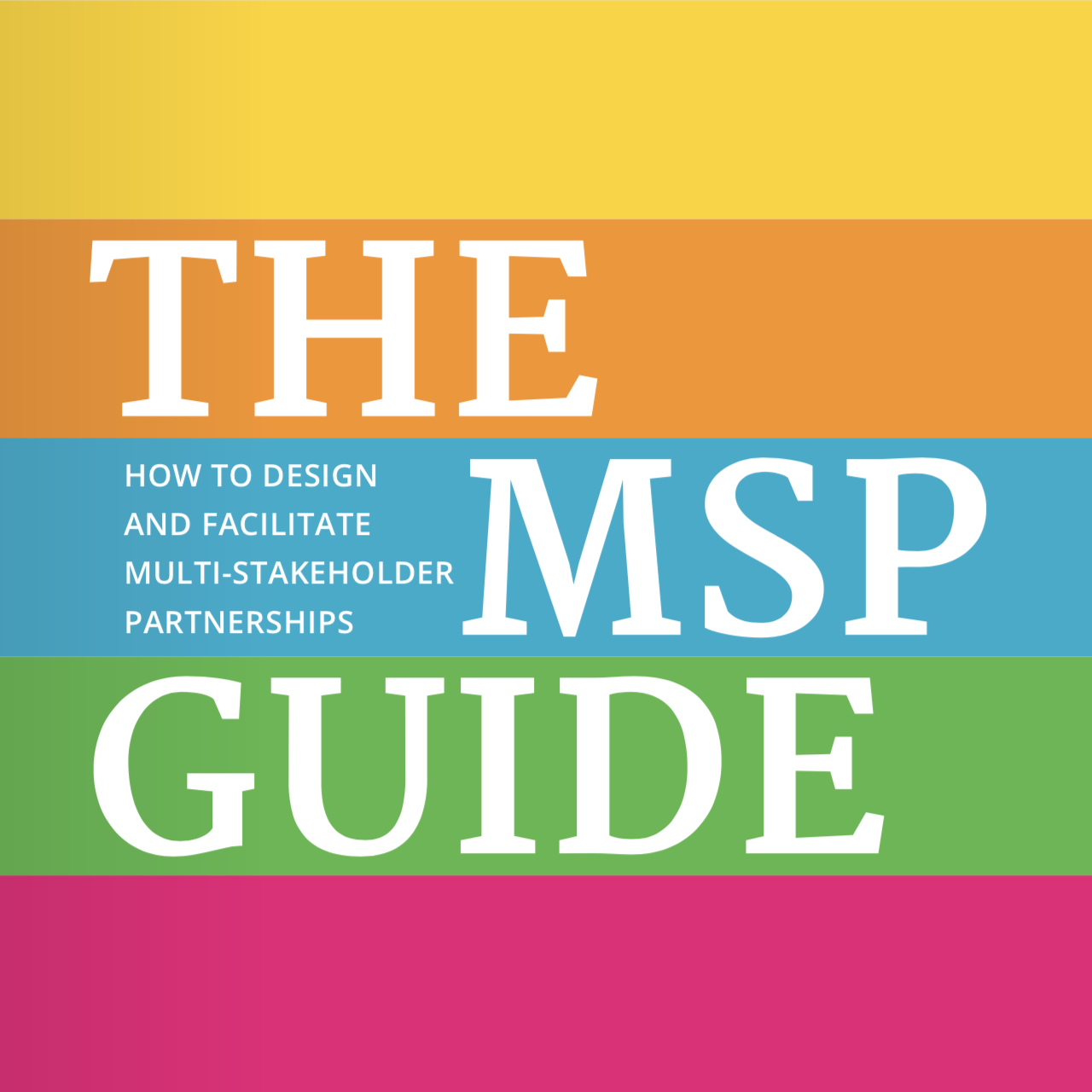
2.2.3 Project Scope and Brief Examples
Usually, sensing projects in public space are composed of multiple stakeholders including the city, the solution provider, and the citizens. Of course, there are many ways to plan a project and you most likely have your own way of doing things, but for multi-stakeholder partnerships, The MSP Guide from the University of Wageningen is a good resource.
Other useful links for Project Scope and Brief examples
- Urban Labs: A Living Lab way of Working from AMS Institute: see download below.
- How to write a project scope statement? This resource from ProjectEngineer.NET is only one of several examples and explanations which you may find useful.
Report Urban Living Labs
‘Living labs’ are often put forward as an almost magical method that will bridge the gap between science, citizens and business. But what exactly is a living lab? And how can a successful one be set up? Following a quick scan of 90 local innovation projects in Amsterdam’s metropolitan region and an in-depth literature review, Professor Ellen van Bueren and alumna Kris Steen present their findings.
Taking a closer look at what defines urban living labs, how they work and how they can contribute to a more sustainable environment, this publication pins down nine defining characteristics of urban living labs and offers a methodological base, general recommendations and tips for setting up a successful urban living lab.
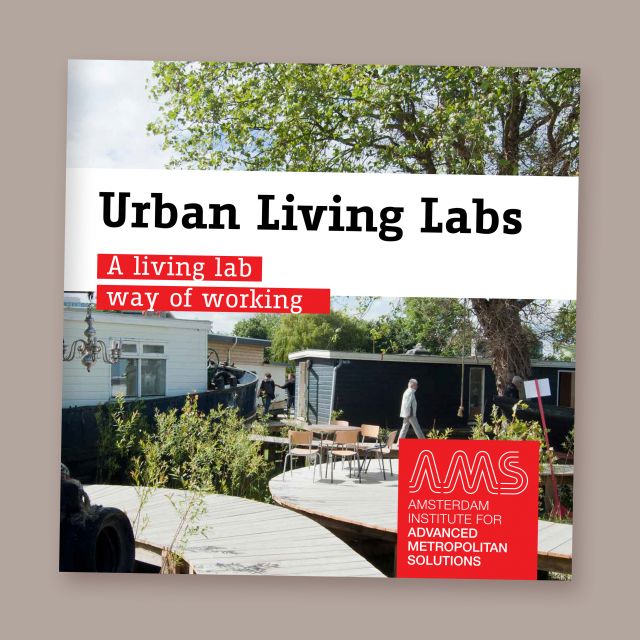
2.3 Video Library
The expert interviews are a quick way for you to get some great advice. Before moving on to Step 3 of the Toolkit, please take a few minutes to learn from personal experience and insights that will help you think about Project Scope and Brief for your sensing project. In this section we’ll be speaking with Daan Groenink.
All expert interviews ask these three questions:
What are the biggest challenges for crowd monitoring in public spaces?
What are some approaches to address these challenges?
What advice can you give innovators thinking about crowd monitoring?
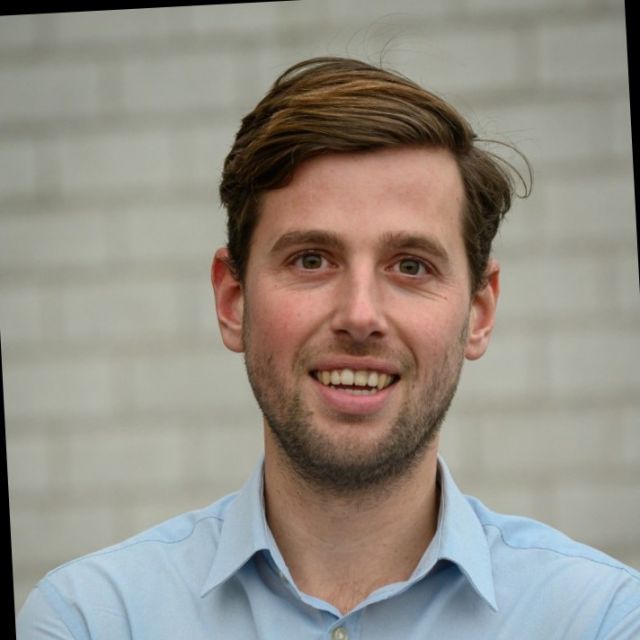
Daan Groenink
Innovation Officer City of Amsterdam
Daan shares specific experience about project planning for crowd monitoring and explains why you should start with the public (the end user) when you begin thinking about potential solutions. It’s also important to begin testing early so you can see how your solution works in a practical situation.
You have finished step 2, four more steps to go.
Responsible Sensing Toolkit Workshop Trial
As you can see this whole process is quite complex. Even as a municipal innovator with experience in sensing projects it can be difficult to implement these tools on your own.
If you need help, sign up for our Responsible Sensing Toolkit Workshop Trial. This workshop (Workshop 1) will help you and your team to identify your dilemmas with the Decision Canvas as a guide. The Workshop Trial takes only one hour and helps you to set up a clear roadmap to a responsible and ethical sensing project. In particular cases this workshop is free of charge.
Please check out our workshops or contact Sam Smits.
